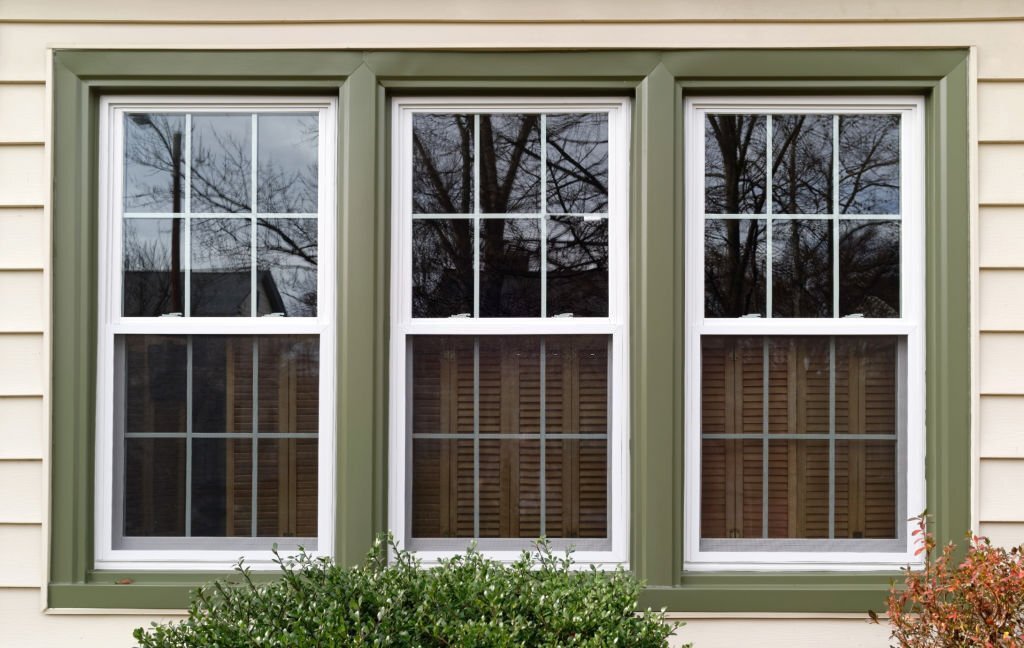Energy efficient windows
Windows Energy Efficiency
Forming part of the facade of our homes, the thermal
insulation of the windows is a fundamental aspect for the energy efficiency of
a home that must be consistent with the thermal insulation of the structure.
There is a wide range of windows on the market, which differ by the type and quality of their glass, as well as by the existing enclosure (its frame). It should be noted that an efficient window must not only have adequate glass, but must also be properly integrated into the enclosure , that is, that it provides the same level of insulation and that the entire structure is effectively mounted on the façade without that there are thermal bridges, which would cause uncontrolled heat losses to the outside.
When selecting a sale, several aspects must be taken into
account:
a) Desired thermal insulation: we can know its thermal
properties with the help of the energy label of windows.
b) Desired acoustic insulation.
c) Resistance: Depending on the use for which it is
intended, a more resistant window (glazed facades) or less resistant (interior
windows) may be necessary.
d) Functionality: there are different types of opening that
provide different functionalities and aesthetics.
Among the most frequent types of enclosures there are:
Wood: Although they can provide adequate thermal insulation,
they are more sensitive to environmental deterioration, requiring constant
maintenance work. They are often used for their aesthetic value.
PVC: PVC frames stand out for their soundproofing capacity, although
they usually offer inferior thermal insulation.
Aluminum: They are the most resistant frames to
environmental deterioration and those that offer the best levels of insulation.
Similarly, there are
various types of glass on the market:
Monolithic or simple: It is the simplest glass and the one
that offers the least thermal insulation properties.
With chamber and double or triple glazing: It consists of
two or three glasses separated by one or two sheets of dehydrated air that
improve thermal insulation.
Low emissive or low-e: Glass specifically designed with low emissive materials to avoid heat exchange through its sheet. They can be combined in double or triple glazing to create highly efficient windows. In the case of homes in hot climates, without cooling systems or shading elements, a "greenhouse effect" can be favored and heat accumulates inside.
Sun control: Glasses that limit the amount of solar
radiation that passes through the window, either by absorption or reflection.
It must be taken into account that solar control can prevent the house from
heating up due to the effect of solar radiation in cold seasons.
Faced with the great diversity of technologies, frames, and
glass, the energy label for windows is a tool available to the user that informs
about the energy behavior of this element:
window type. Indicating if it is a facade or a roof.
Sale classification. Indicates two elements; firstly, a
Letter corresponding to the winter classification, and Stars (from 1 to 3)
corresponding to the summer classification.
Manufacturer information. This section indicates the
manufacturer, registration code and model.
Classification. There are two classifications. On the left
side there is a scale of bars from the lowest classification (G, red) to the
highest classification (A, green), corresponding to the energy behavior of the
window in winter. On the right side there is a scale of 3 blue bars, which
indicate from 1 (smaller scale) to 3 (larger scale), where the energy behavior
of the window in summer is indicated.
Technical data of the window. Technical data such as
transmittance, permeability and solar factor are indicated at the bottom of the
label.
It should be noted that the energy label is in an optional
implementation phase, although its mandatory implementation is expected during
a future second phase.



Comments
Post a Comment